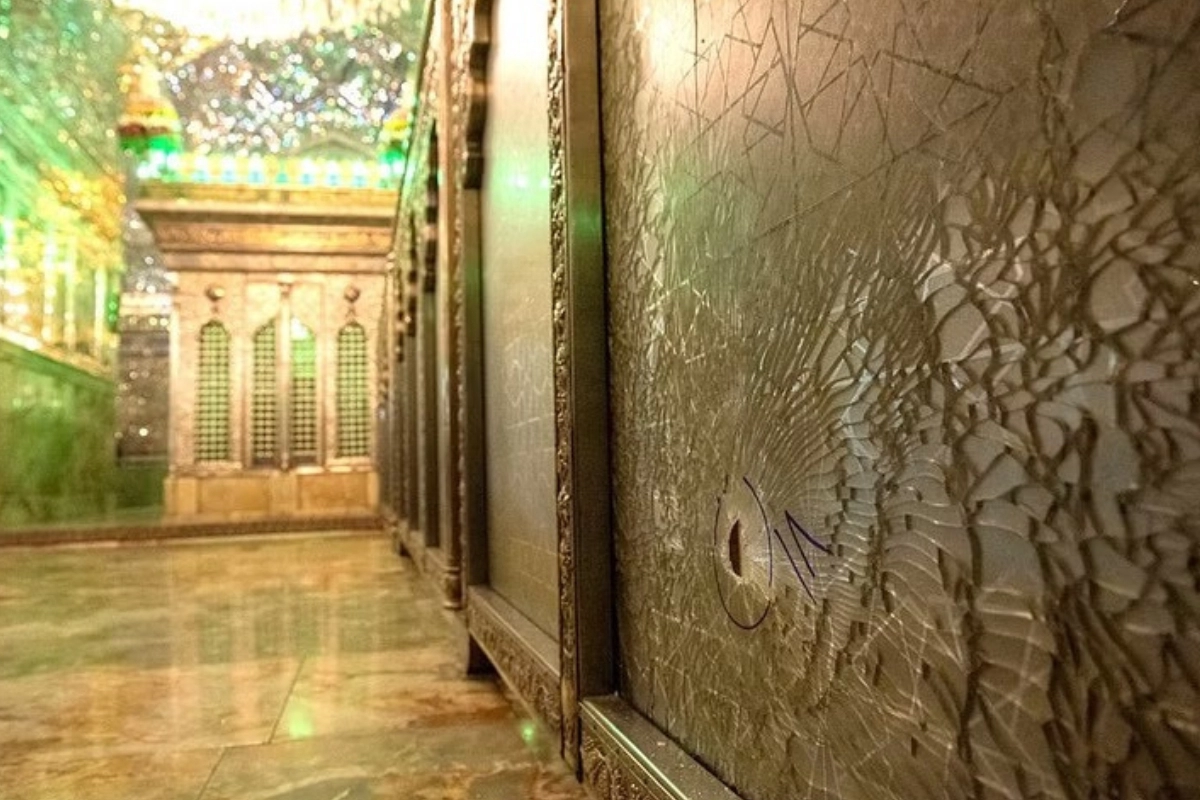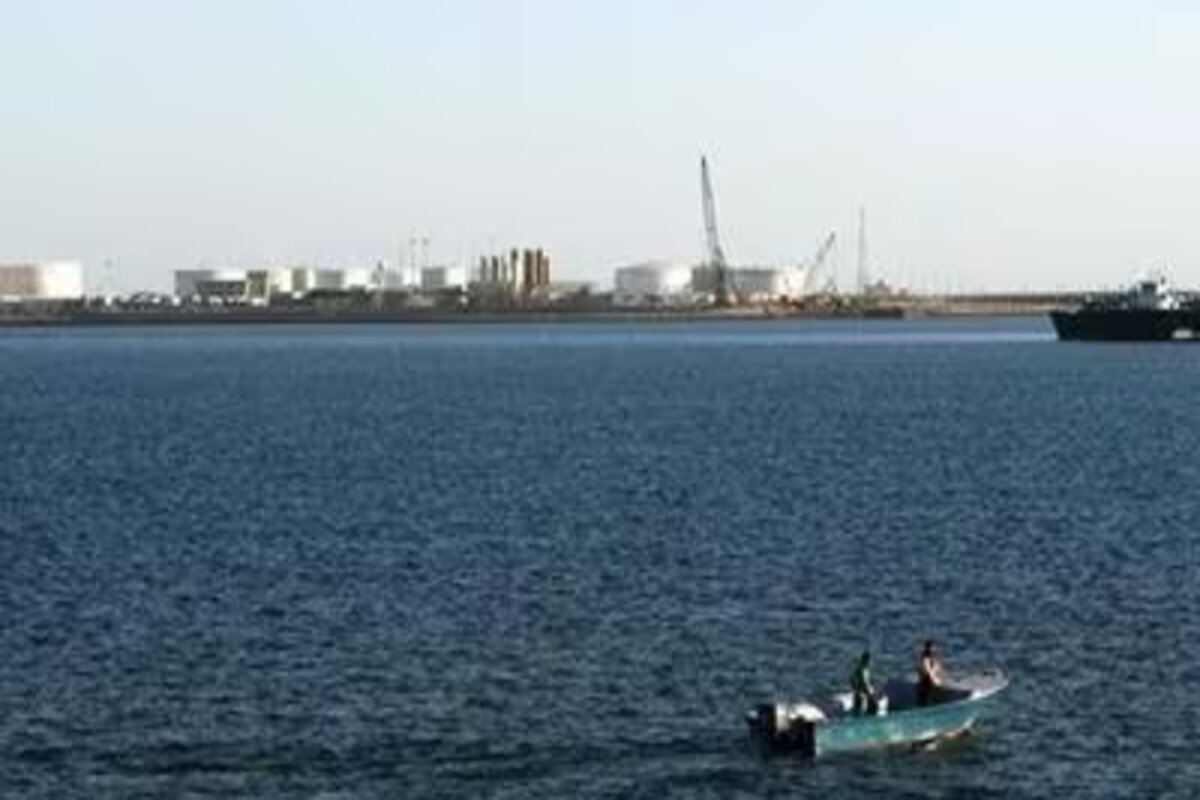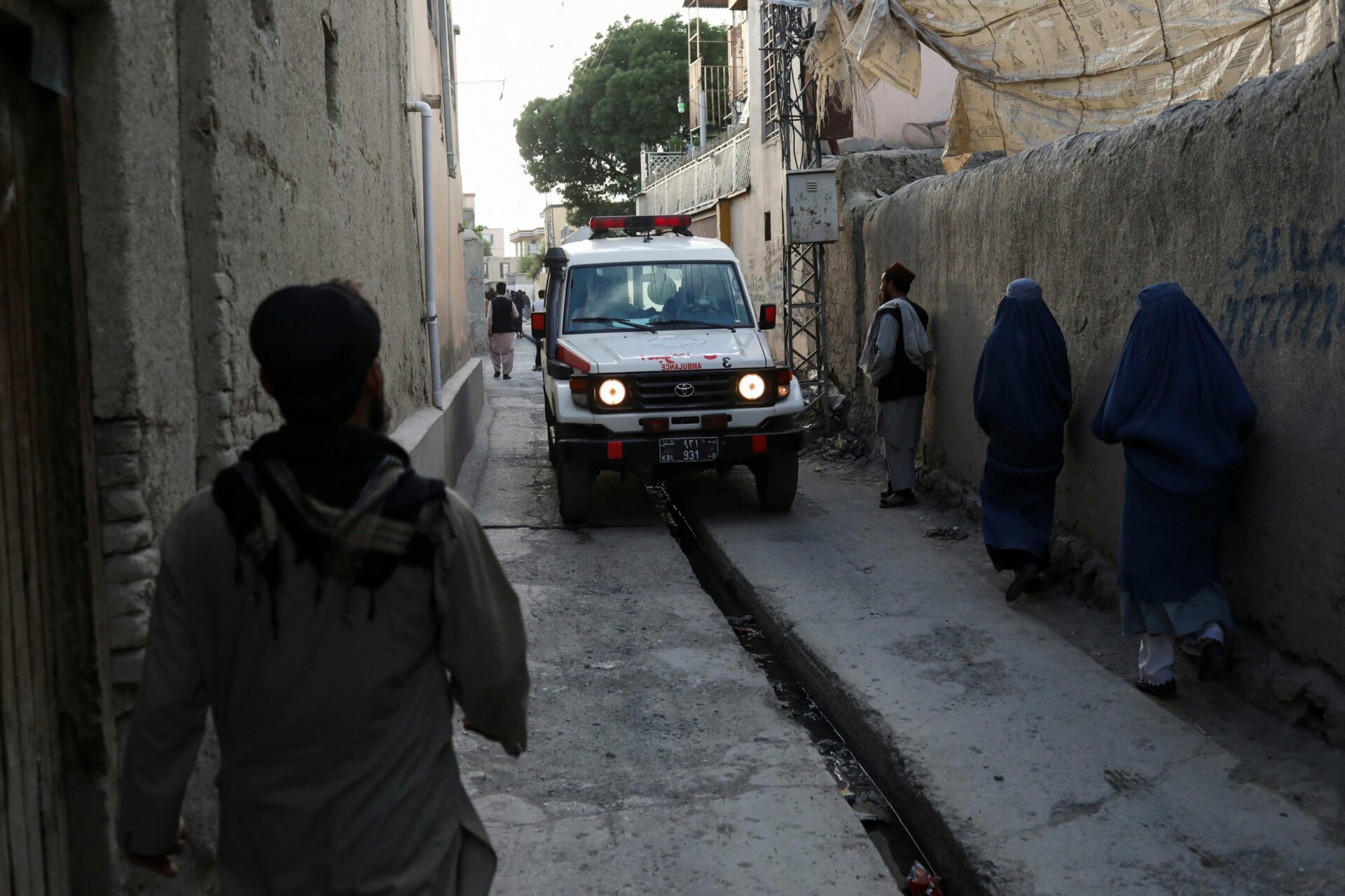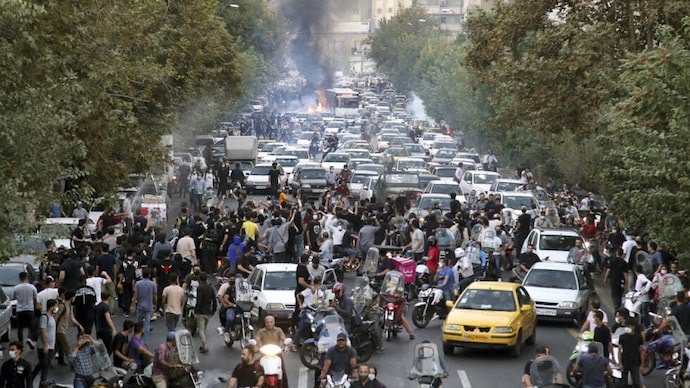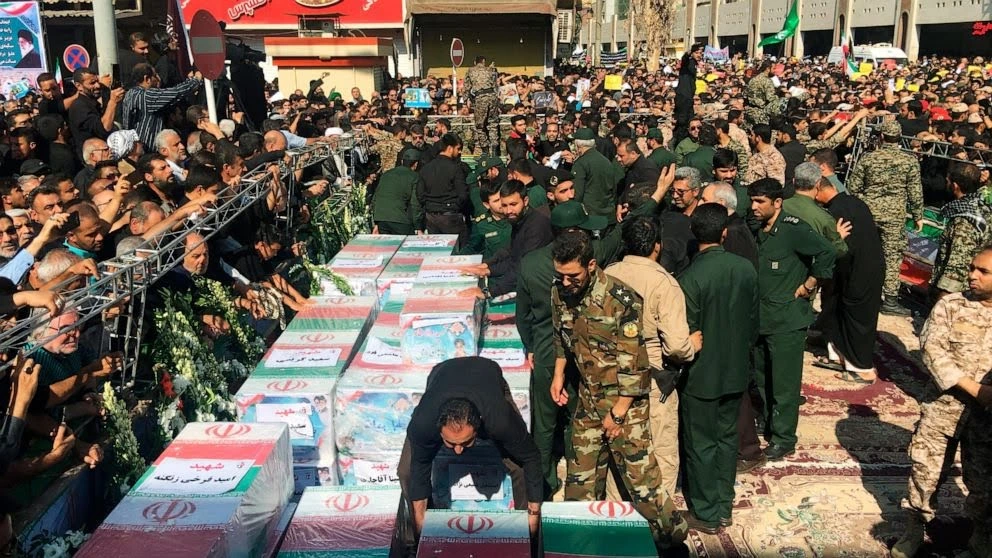Iran: A perpetrated ‘bomb attack’ has been foiled on the southern city of Shiraz in Iran by the alert of Iran’s Revolutionary Guards, incidentally just two days after the deadly shooting at Shah Cheragh shrine on 26th October.
“A bombing in Mo’ali Abad Street in Shiraz was detected and foiled by the Revolutionary Guards intelligence, “the local Sepah news said, without giving further details.
ISIS again active in Iran
Wednesday’s shooting, which was claimed by Islamic State (ISIS), killed 15 worshippers at the Shah Cheragh shrine.
The Iranian government has organised nationwide demonstrations against the shooting following Friday prayers. Funerals were also due to take place for the victims.
Also Read: Retail portion of NHAI InvIT to rise going ahead, says Nitin Gadkari
“We will take revenge for the blood of the martyrs of Shiraz,” proclaimed Friday prayer leader Haj Ali Akbari.
Iran’s Supreme leader Ayatollah Ali Khamenei also vowed on Thursday to retaliate against those threatening the country’s security after the massacre of Shi’ite pilgrims, an assault claimed by Islamic State (IS) which threatens to inflame tensions amid widespread anti-government protests.
Officials claimed to have arrested a gunman who attacked the shrine.
Iran’s clerical rulers have faced nationwide demonstrations since the death in police custody of Mahsa Amini, a 22-year-old Kurdish woman.
Khamenei’s call for unity seems to be aimed at government loyalists and not protesters whose nearly six-week-old movement is considered by authorities as a threat to national security.
Protestors called for the death of Khamenei
Iranian protestors have called for the death of Khamenei and an end to the Islamic Republic during the protests, bringing millions of Iranians onto the streets. The present protests have drawn a parallel to the 1979 revolution – one of the boldest challenges to clerical leadership.
Iranian leaders may have hoped that the recent shrine attack would drive away the attention from the country’s unrest but there is no sign of relief from the upheaval.
The official news agency IRNA announced that protesters angry over the “suspect” death of a demonstrator broke windows of banks, a tax office and other public buildings in the northwestern city of Mahabad.
Iranian human rights groups said there were unconfirmed reports that some members of Amini’s family were under house arrest.
What are the major causes for the present protests?
To be familiar with the various causes behind the present unrest we have to understand the divided perceptions of the Iranian people. The Iranian people are deeply divided in many ways—divided between a more modern and largely urban-educated minority and a more religious and conservative mix of rural and urban poor. Many Iranians do want a more liberal, modern, and developing Iran. Many other Iranians, however, who have supported Khomeini’s revolution “reforms,” believe in a more conservative state, and see the West and Saudi Arabia as a threat.
It is also important for outsiders to remember that while many Iranians may want a more liberal and more “Western society,” all Iranians have reason to distrust the United States, Russia, Europe, and their Arab neighbours. Every Iranian schoolchild knows that Western “imperialism” dates back to the British tobacco monopoly of 1890-1892, and the D’Arcy oil concession in 1901. It includes the creation of the Anglo-Persian Oil Company that became the British Petroleum Company (BP) in 1933 and gave Britain de facto control over Iran’s key source of hard currency and industry through at least the mid-1950s.
They have far more immediate reasons to distrust the West and their neighbours. The Iran-Iraq War lasted from 1980-1988, and is still the bloodiest modern war in Middle Eastern history, although estimates differ from as low as 375,000 to over one million Iranian dead. The broad support Arab states gave Iraq did much to polarize Iranians against most of their Arab neighbours, and the one Arab state that supported Iran was Syria under Hafez al-Assad.
Saddam’s atrocities got illegitimate support from the US and the West
Iranians also have not forgotten the European and Arab support of Saddam during the Iran-Iraq War from 1990-1988. The United States is seen—somewhat unfairly—as a supporter of Saddam Hussein. Iranians also remember the U.S. “cake” mission arms-for-hostages deal, the tanker war with the U.S. in 1987-1988, and that no one outside Iran made an effort to halt Saddam’s use of poison gas during the war.
It is also important to remember that modern-day Iran has developed under a regime that has tightly controlled the media and education since the early 1980s, and that resenting the regime’s failures and repression does not mean support for the U.S. or massive political change.
One interesting aspect of the current protests is the suppression of some key methods of Internet communication and social networking, and the Supreme Leader has reacted by halting the teaching of English in primary schools. It is unclear how long this will last, but it does demonstrate some aspects of the regime’s ability to exercise control.
It’s the regime’s domestic failure and not the foreign adventures
It is the regime’s domestic failures, not foreign adventures, that are the primary cause of public unrest. These include decades of failed economic policies, efforts to control the day-to-day aspects of Iranian life, and corruption. Insistence on a narrow and dated interpretation of Islam does create serious internal opposition. One key issue is not economic, but the restriction of social life. One must not forget that the former President of Iran, Hassan Rouhani publicly warned his colleagues of this in a statement he made calling for continued reform and liberalization on September 9, 2018.
Division between ‘Moderates’ and ‘Conservatives’
The present regime has to understand and accept that there has long been a broad division between the “reformers” or “moderates” who focus on Iran’s internal needs and the hardliner” or “conservatives” who focus on security issues and a strict interpretation of religious constraints and custom.
Besides, many other economic issues seem likely to cause unrest even among Iranians that might otherwise support the regime. This includes state financing of education and services, and a pervasive level of corruption that leads ‘Transparency International’ to rank Iran only 131st in resisting corruption out of the 176 countries it examines.
Reforms and liberalization are the only answer – The government’s stand should be more receptive instead of repressive. A middle path should be arrived at bringing the ‘moderates’ and the ‘conservatives’ acquiescent to some common norms with the Government lending support with a pragmatic and judicious approach. Let us hope and pray for their best.
For all the news update subscribe our YouTube channel ‘DNP India’. You can also follow us on FACEBOOK, INSTAGRAM and TWITTER.


